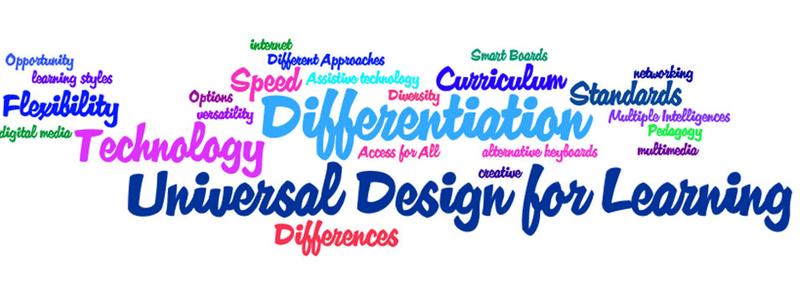Universal Design for Learning (UDL)

Universal Design for Learning (UDL) is an approach to teaching and learning that gives ALL students equal opportunity to succeed. The goal of UDL is to use a variety of teaching methods to remove any barriers to learning. It’s about building in flexibility that can be adjusted for every person’s strengths and needs. That’s why UDL benefits ALL learners. It can also be very helpful for English language learners, GATE students and students needing further supports to access the curriculum. In essence, UDL is about bringing equity into every learning environment and increasing access for every learner. UDL is a framework within MTSS to make our curriculum accessible to every AUSD student. UDL helps teachers ensure all their students have optimized learning opportunities based on scientific insights into how humans learn: the why, what and how of learning.
We in AUSD are very proud to have collaborated with the California Coalition for Inclusive Literacy (CCIL) and the Los Angeles County Office of Education (LACOE) for the past 3 years to bring professional development to our teachers. All 13 elementary instructional coaches have been trained with the UDL framework and meet monthly with our facilitator from CCIL to increase our capacity with differentiated instruction. Our coaches and some teachers engaged in hands on learning experiences using the Instructional Rounds model. Our goal is ensure every TK-8 teacher is UDL trained and expand that learning to our high school teachers as well.
In short, UDL promotes three main principles:
1. Engagement: Look for ways to motivate learners and sustain their interest. Here are some examples:
- Let people make choices
- Give assignments that feel relevant to their lives
- Make skill building feel like a game
- Create opportunities for learners to get up and move around
- Audio, which could be as simple as saying the written directions out loud
- Video showing how to solve one of the problems
- Hands-on learning
- Taking a pencil-and-paper test
- Giving an oral report
- Making a video or a comic strip
- Doing a group project

